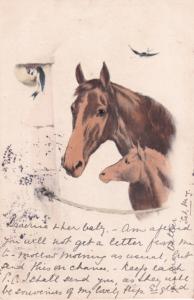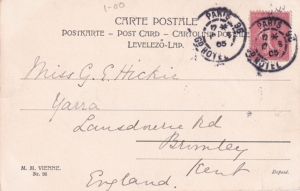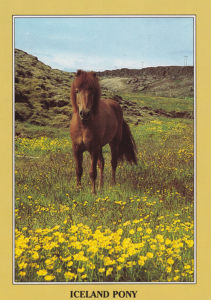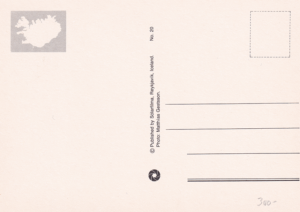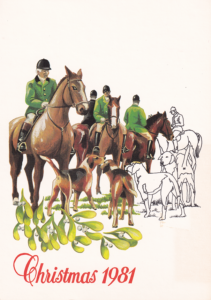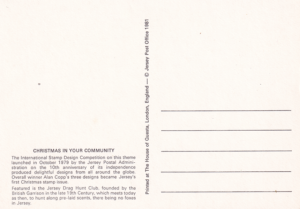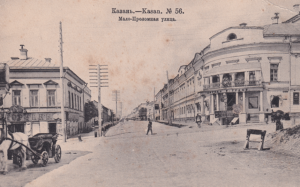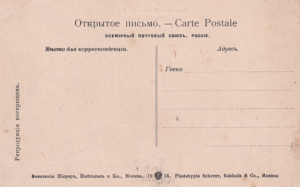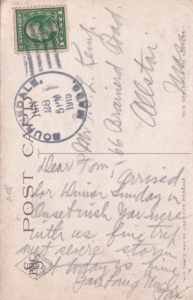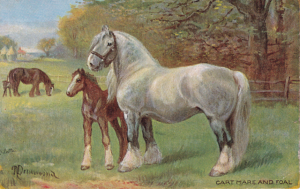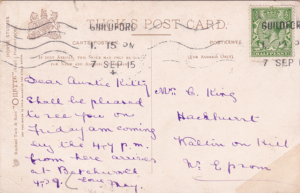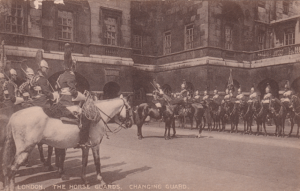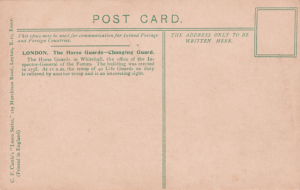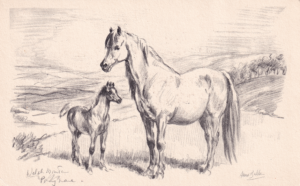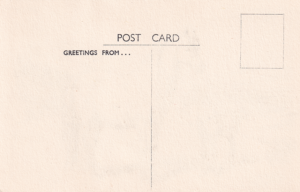Normandy and horse breeding.
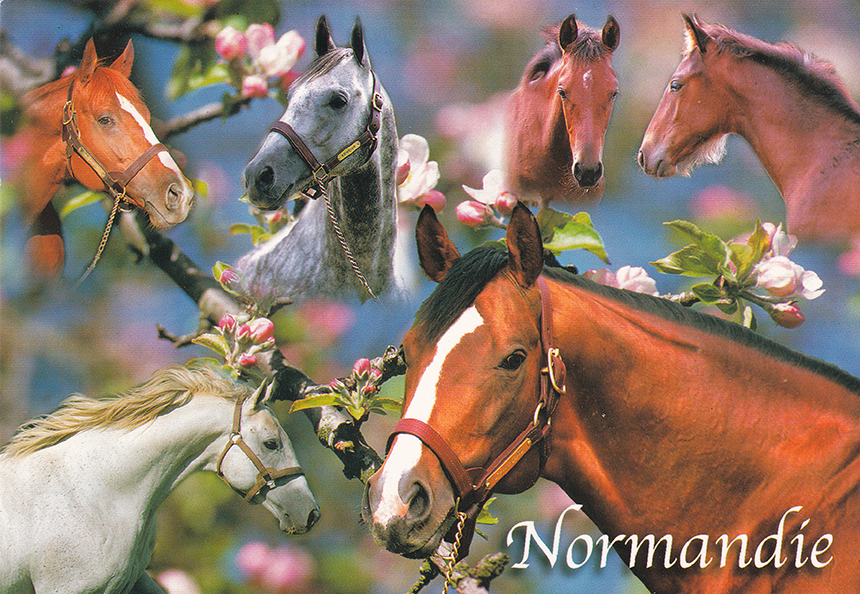
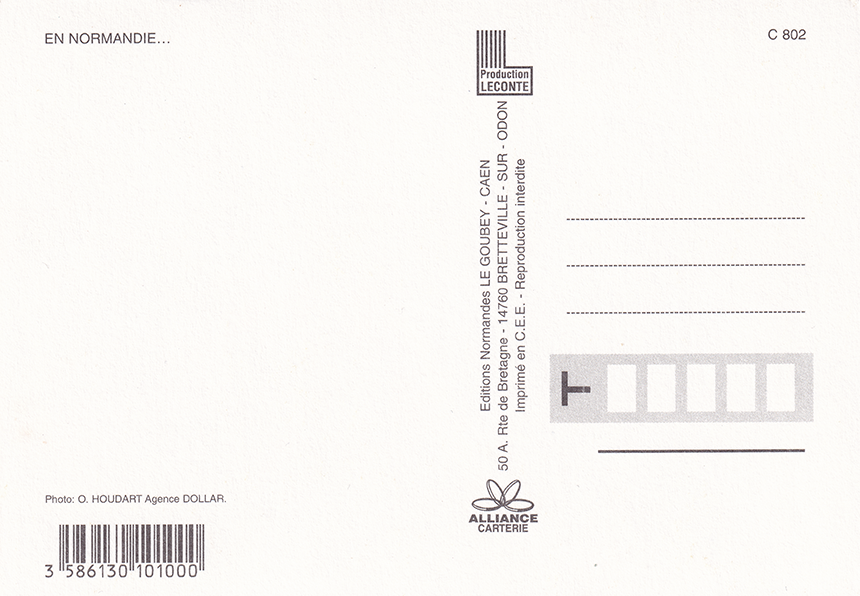
Reverse side of the postcard.
More information
Normandy and horse breeding.
Normandy Invaded by Vikings in the 8th century AD, it was ceded to their chief, Rollo, in 911 by Charles III of France. The Vikings became known as Normans, hence the region’s name. William, duke of Normandy, united Normandy and England (Norman Conquest, 1066) and became William I of England.
Normandy became a province of France in 1450 and was divided into several departments after the French Revolution. It was the site of the World War II Allied invasion of German-occupied France in 1944. The region has retained its rural character despite the growth of towns along the lower Seine valley.
The Normandy region of France is well known for its horse breeding, having also produced the Percheron and French Trotter. Small horses called bidets were the original horses in the area, and these, crossed with other types, eventually produced the Carrossier Normand, the immediate ancestor of the Norman Cob. Although known as one of the best carriage horse breeds available in the early 20th century, the Carrossier Normand became extinct after the advent of the automobile, having been used to develop the French Trotter, Anglo-Norman and Norman Cob. In its homeland, the Norman Cob was used widely for agriculture, even more so than the internationally known Percheron, and in 1950, the first studbook was created for the breed.
Object data
Title
Normandy and horse breeding.
Artist
O. Houdart Agence Dollar.
Founder
Le Gobey, Caen.
Date
2010.
Culture
France.
Classification
Postcard.

